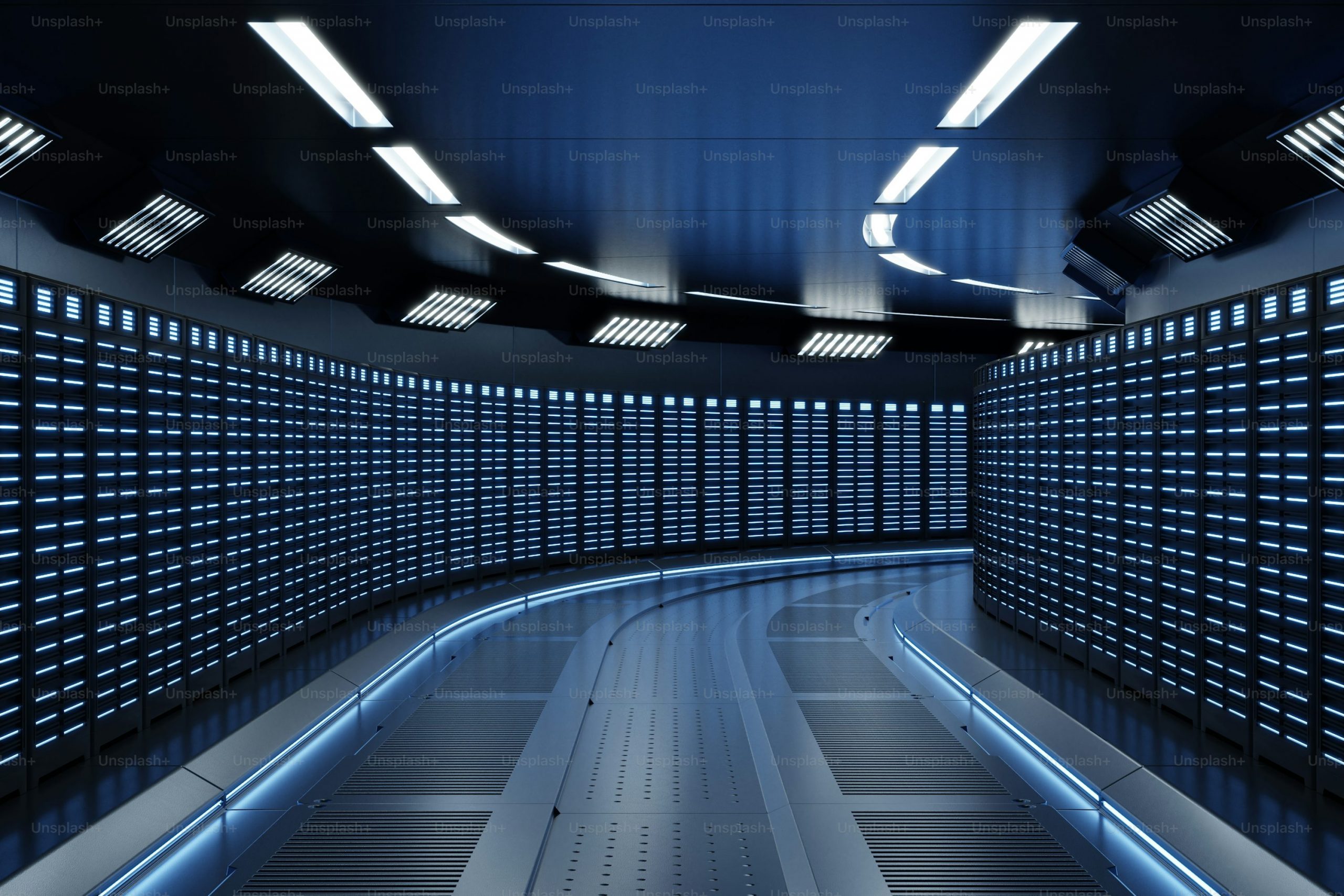Recently Boone County announced they will have a data center soon. Clinton County is in the process of going through the steps at this moment. We have heard from one of the commissioners (President Jordan Brewer) who says he probably won’t vote for it and has stated publicly that he doesn’t fully trust the developer Doug Swaim. The other two commissioners, Bert Weaver and Kevin Myers have pledged to learn all they can—good and bad about the potential of a data center coming into our community. Weaver reiterated at Tuesday morning’s meeting (10/7/25) that farmers can do what they want with their land and that he has heard from several constituents in the community in favor of this data center. KNS has looked extensively at the pros and cons and we also want you to have all the information you can so we present to you: “Data Centers: The Good, The Bad and the Complicated.”
Kevin Keith-10/07/25-Owner/GM KNS Radio
Across Indiana from Boone County to Clinton County data centers are a big topic. Supporters call them a new kind of “factory” for the digital age, while critics worry they bring more costs than benefits. Here’s a simple look at both sides.
The Pros:
The jobs and construction boom. When a data center project breaks ground, hundreds of construction workers and contractors are hired for months or even years. These projects can pump millions into local hotels, restaurants, and suppliers during the buildout phase.
However: most of the permanent jobs after construction are technical — usually 30 to 100 positions — not thousands like a factory.
You will hear arguments from those in favor of a data center coming to Frankfort revolving around property base tax growth. Yes! Data centers are massive investments. Often billions of dollars in buildings, fiber, and power infrastructure. Those big price tags can grow the local property-tax base and help fund much needed money for schools, roads, and emergency services.
But that’s only true if tax abatements don’t wipe out most of the revenue for 10 or 20 years.
Infrastructure improvements are already being discussed in Clinton County. These projects often require new power lines, roads, and fiber-optic internet — which can benefit nearby residents and businesses.
Think of it like paving the way for future industries that also need high-speed data and energy.
Pride, prestige and tech branding goes a long way for sure. Hosting a Google, Meta, or Amazon data center can put a small city on the tech map. Local leaders will argue it sends the message the community is “open for innovation,” which might attract future tech companies or research hubs.
The Cons:
We have heard first and foremost about the huge water and power use. Data centers run 24/7 and need powerful cooling systems. A single large facility can use millions of gallons of water a day and consume as much electricity as a small city.
This raises big questions about local water supplies and the strain on power grids — especially during droughts or heat waves.
The long term jobs are limited. After construction ends, data centers mostly run on automation. A multi-billion-dollar facility might only employ a few dozen full-time workers — mostly engineers, IT technicians, and security staff.
That’s a tough tradeoff for communities expecting steady employment growth.
Yes, heavy tax abatements and incentives are a useful and necessary tool for municipalities to lure these groups to their area.
Critics argue that taxpayers end up footing the bill for corporations that might not contribute much back to the local economy for years.
Even the most conservative Hoosier worries about land an environmental impact. These facilities require hundreds of acres of farmland or open space. Once that land is rezoned for industrial use, it’s rarely reversible.
Neighbors also worry about noise from cooling fans, backup generators, and increased truck traffic.
There is also the real risk of over-dependence. A single large project can make a county dependent on one industry. If the company later scales back or relocates, it leaves a big economic hole. Just like a factory shutdown.
The bottom line is data centers are part of the modern economy — the digital “warehouses” that keep the internet running. But for communities like ours in central Indiana, the key question isn’t whether they’re good or bad — it’s whether the deal is balanced.
Do the jobs, infrastructure, and taxes outweigh the water use, incentives, and land loss?
That’s what local leaders and residents have to weigh carefully before signing off.

